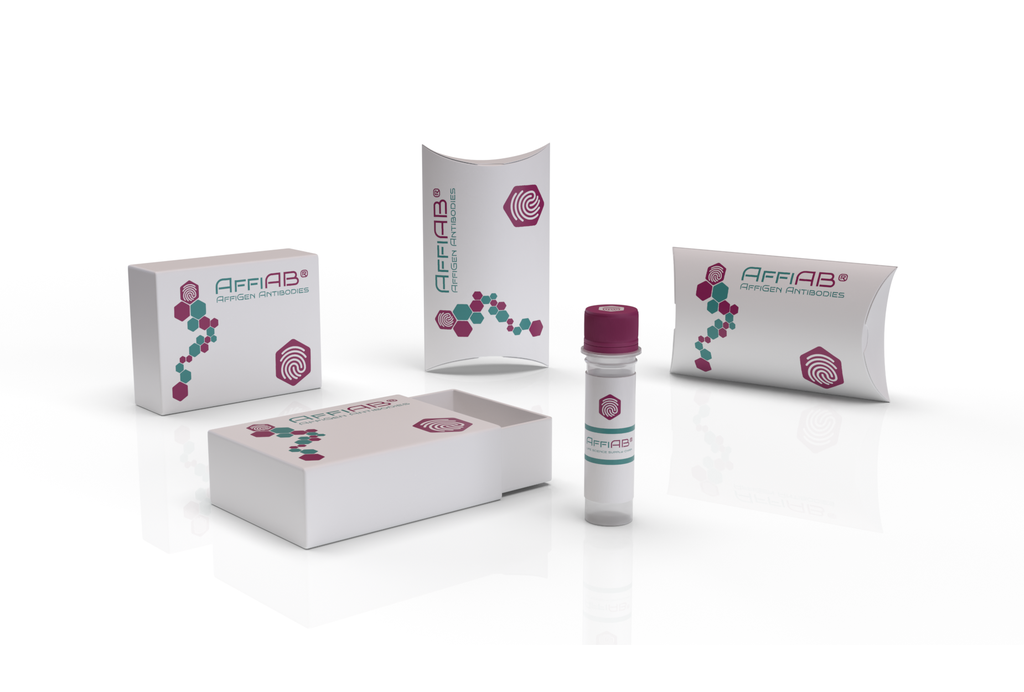AffiAB® Anti-HMGB1 Antibody
Like the histones, HMGB1, also known as high-mobility group protein 1 (HMG-1) is among the most important chromatin proteins. In the nucleus HMGB1 interacts with nucleosomes, transcription factors, and histones. This nuclear protein organizes the DNA and regulates transcription. After binding, HMGB1 bends DNA, which facilitates the binding of other proteins. HMGB1 is secreted by immune cells (like macrophages, monocytes and dendritic cells) through leaderless secretory pathway. Activated macrophages and monocytes secrete HMGB1 as a cytokine mediator of Inflammation. In recent research, HMGB1 has been reported as a novel biomarker for human ovarian cancer.
Antibody type
Rabbit polyclonal Antibody
Uniprot ID
SwissProt: P09429 Human
Recombinant
NO
Conjugation
Non-conjugated
Host
Rabbit
Isotype
IgG
Clone
N/A
KO/KD
Knockout validated
Species reactivity
Human, Mouse, Rat
Tested applications
WB, IF-Cell, IHC-P, FC
Predicted species reactivity
N/A
Immunogen
Synthetic peptide within N-terminal human HMGB1.
Storage
Store at +4°C after thawing. Aliquot store at -20°C or -80°C. Avoid repeated freeze / thaw cycles.
Form
Liquid
Storage buffer
1*PBS (pH7.4) , 0.2% BSA, 40% Glycerol. Preservative: 0.05% Sodium Azide.
Concentration
1 mg/mL.
Purity
Immunogen affinity purified.
Signal pathway
自噬
Recommended dilutions
WB: 1:1, 000-1:2, 000; IF-Cell: 1:200-1:500; IHC-P: 1:200; FC: 1:100
Molecular Weight
Predicted band size: 25 kDa
Subcellular location
Nucleus, Cell membrane, Chromosome, Cytoplasm, Endoplasmic reticulum, Endosome, Membrane, Secreted.
Positive control
Wild-type Raw264.7 whole cell lysate, MCF-7 cell lysate, PC12 cell lysate, F9 cell lysate, Hela, mouse spleen tissue.
